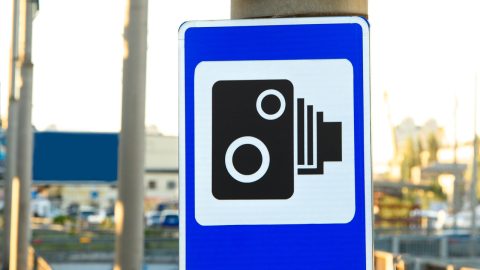The UK’s number plate system is set for its regular bi-annual update, introducing the ’24’ series in March and the ’74’ series in September. These changes not only signify the vehicle’s registration year but also bring about a fresh look and certain regulations that car owners and potential buyers should be aware of. The introduction of the ’24’ and ’74’ number plates is more than just an aesthetic update; it signifies the vehicle’s age, compliance with regulations, and, indirectly, its environmental footprint.
Whether you’re a car enthusiast keen on the latest registrations or a buyer looking for a new vehicle, reading these changes can enhance your understanding of newer number plates & potentially your buying experience.
Understanding Number Plate Changes
- Check Vehicle Compatibility: Ensure your vehicle is compatible with the year signified by the new plates. It’s illegal to display a plate that suggests your car is newer than its manufacture date.
- Number Plate Format: Familiarise yourself with the number plate format: two letters, two numbers, and three final letters. This is the standardised number plate format in the UK.
- Number Plate Maintenance: Keep your number plate clean and legible, as obscured or dirty plates can result in fines.
- Age Identifier: The two numbers in the plate serve as an age identifier, making it easier to determine the vehicle’s registration year at a glance.
’24’ and ’74’ Number Plate Change FAQs
The ’24’ series number plates, released in March, indicate that the vehicle was registered in the first half of 2024. Similarly, the ’74’ series, introduced in September, signifies registrations in the latter half of the year.
Yes, personalised number plates are available, allowing you to customise your registration within the DVLA’s guidelines.
The primary restriction is that you cannot use a number plate that makes your car appear newer than it is. Other standard regulations regarding font, size, and display also apply.
The UK number plate format changes twice a year. The first change occurs in March, which introduces the year’s current number (e.g., ’24’ for 2024), and the second change is in September, which adds 50 to the year’s number (e.g., ’74’ for the second half of 2024).
The first two letters on a UK number plate are known as the ‘local memory tag’ and indicate the region where the vehicle was registered. The last three letters are random and ensure that each number plate is unique.
Yes, you can transfer your personalised plate to any vehicle, provided it does not make the vehicle appear newer than its actual manufacture date.
Number plate designs and features are periodically updated to include new security measures to prevent fraud and cloning. It’s always best to check with the DVLA for the most current information on these features.
Electric vehicles in the UK can be fitted with green number plates, which include a green flash on the left side. This makes them eligible for various incentives and benefits, such as cheaper parking and free entry into zero-emission zones.
Vehicles that meet ULEZ standards are typically newer models that comply with Euro 6 standards for diesel cars and Euro 4 for petrol cars. Most vehicles registered with ’24’ and ’74’ plates are likely to comply, but it’s always best to check the vehicle’s specific emissions data.
While you can’t choose the age identifier (the ’24’ or ’74’), you can choose the rest of the plate if you opt for a personalised number plate, subject to availability and DVLA regulations.








